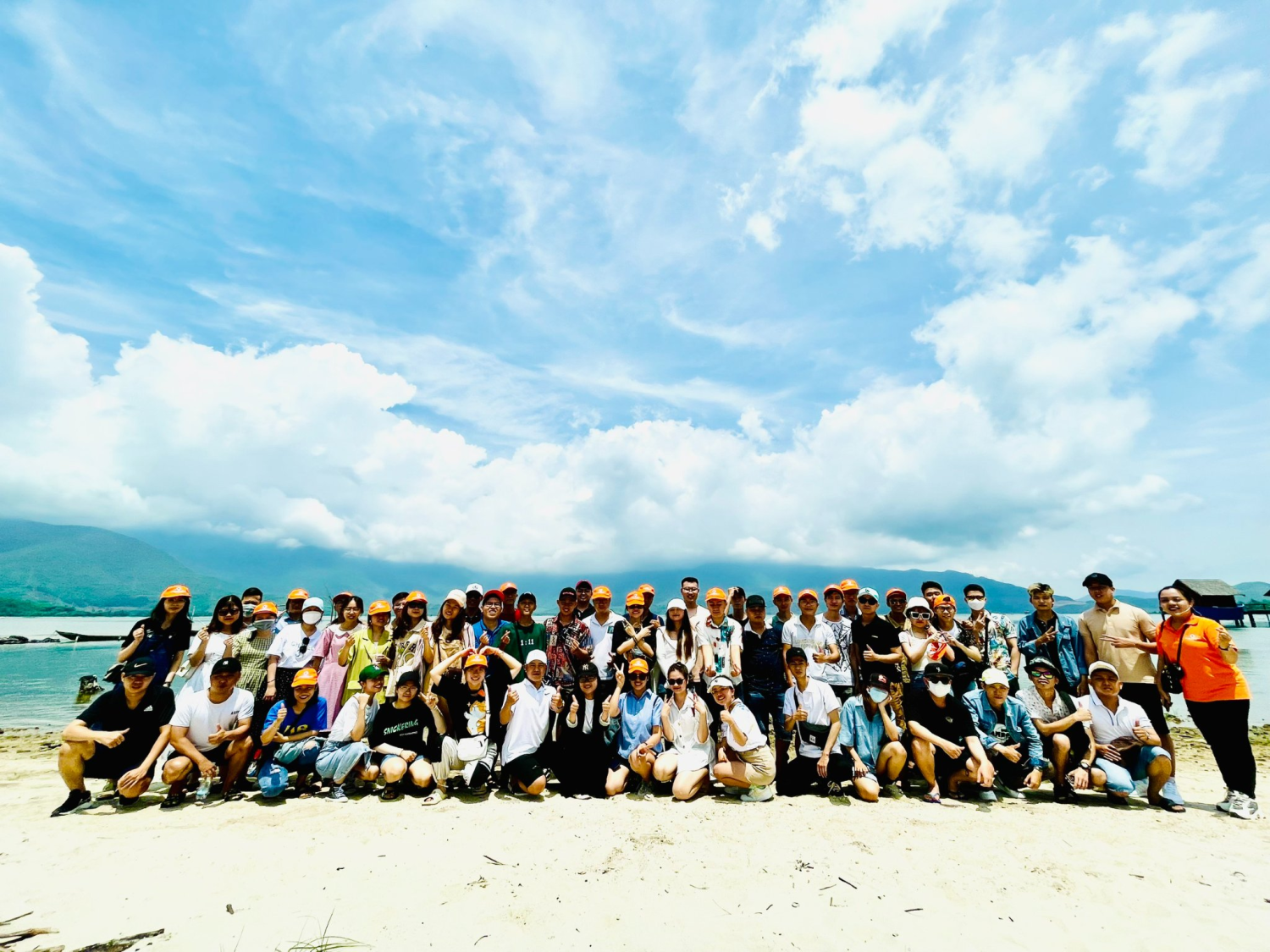Content marketing is an approach to marketing that
involves creating materials to bring awareness to your brand, generate leads,
and, above all, provide value to consumers. It “delivers 3X as many leads as other
marketing channels, … costs 62% less than other marketing channels … and
content marketers who blog are 13X more likely to see positive ROI.â€
When done right, content marketing can also establish
your business as a trusted authority within its industry.
Top 10 Types of Content Marketing
Â
1. Blog Posts
If you have not dabbled in the art of blog content marketing, you are severely underutilizing one of the most powerful and cost-efficient ways to improve your website’s SEO, position yourself as an authority within your industry, and garner organic web traffic. Quality blog posts will also invite more interaction from your audience and offer the opportunity to create a community around your brand.

The statistics speak for themselves. Companies with active
blogs report:
Blogs can be rolled out fairly quickly for minimal to zero additional cost. However, in order for the benefits of blogging to truly be reaped, you must produce content that is comparable to or surpasses the content that is already available online.
2. Videos
Video content is another integral part of a marketing strategy. It surpasses all other forms of content, with 54% of audiences 54% of audienceith 54% of audiences reporting that they would like to see videos from the brands they support. Video content is meant to either inform, entertain, or engage new leads.
Videos are capable of grabbing the attention of a user through more than just a catchy headline; they also employ visuals that can catch the user’s eye if the caption in itself does not.
Video content is also particularly effective because of its
versatility. It can come in so many different forms, from commercials that give
new audiences an overview of your brand, to webinars that provide detailed
how-to’s for existing customers, to vlogs that allow users to get a glimpse of
the authenticity of the people behind the brand.
â€
3. Infographics and Images
Just like video content, infographics and images speak to users in a way that written copy alone does not. It automatically catches their attention, and provides information in a way that is easily digested and quick to process.

Â
Infographics are particularly useful when it comes to providing audiences with data and statistics, while images can supplement a user’s reading experience when coupled with written content.
Images in the form of memes or gifs, which are among the most commonly shared content types, can offer a lightheartedness to your blog or social media feed as well as an opportunity for brand exposure since good memes are often shared virally.
4. Long Form Articles
As mentioned earlier in this list, blogging has become one of the more obvious strategies that marketers use to drive traffic. Users now crave more in-depth content, content that will provide them with genuine utility.
The current trends seem to suggest that long-form articles are the new up-and-coming players in the SEO game, offering a more complete scope on a specific topic.
Articles of this nature are typically well over 1,500 words, and usually between 5,000 and 20,000 words. They give you a higher chance of ranking for industry-specific keywords due to their sheer volume.
5. Whitepapers
Similar to long-form articles, whitepapers are lengthier forms of content that are usually more research-based and focus on providing customers with thorough information. Through in-depth research and statistics, whitepapers add validity to a brand and provide immense value to potential customers.
Because they give a more comprehensive view of a product or service, whitepapers are usually most useful to those at the end of the sales funnel. In fact, they are considered a decisive stage in the research phase for 71% of customes.
When coupled with an eye-catching design and a few
infographics, the extensive information that whitepapers present make them a
laudable content type worth exploring for brands across various industries.
Â
6. eBooks
You can provide your customers with a considerable amount of benefit through publishing an eBook. eBooks are not expected to be the length of a novel, but they will be considerably longer than any of the other written content types. They differ from whitepapers, which are more focused on providing detailed information and data.

“The keyword here is value,†according to Lyfe Marketing. “Your eBook should not be a 5 to 10 page ad. Instead, it should provide some type of useful information and insight for your target audience about their needs and challenges.â€
An eBook download should include some sort of form for
customers to fill out. This will help you generate new leads. The form should
ask for only the most important information, as clients might be put off by
forms that ask for too many details.
Â
7. User-Generated Content
User-generated content allows for a unique opportunity as far as marketing goes. This content is generally the most trusted outlet for customers looking to purchase a product or service. It also generates a high ROI, as customers looking for this type of content are usually interested in making a purchase soon.
User-generated content consists of testimonials, reviews, or even social media posts from unpaid customers. This content type boasts credibility, which is exactly what a user needs when deciding whether to buy a product.
8. Cases Studies
Similar to user-generated content, case studies offer another tangible source that consumers hold in high esteem. Essentially, case studies are client testimonials on their experience with a brand, often backed by research and data on how a product or service was beneficial to them.

Case studies allow the buyer to "see a customer's journey from start to finish and see similar use cases in real life." They provide tangible evidence of your product or service’s success and highlight real world applications for specific features. The information and statistics collected in the case study can also be referenced in future ebooks, whitepapers, or blog articles.
9. Social Media and Influencers
In this digital age, there is nothing quite like social media when it comes to promoting products or services. Influencer marketing involves a paid advertisement posted by a popular figure on a social media platform. It is effective because these figures have an established follower base, usually within a niche market. Tapping into this market allows brands to reach a new audience.

Similar to user-generated content, influencers are seen as trusted sources among their audiences. In fact, 56% of those surveyed by Izea have purchased a product after seeing it used by an influencer.
Social media marketing also allows brands to strategically position themselves in front of users who are interested in similar products or services. It engages new leads while also advertising to existing customers.
10. Email Marketing
Though it is last on our list, email marketing should be at the top of your priorities when deciding what content to put out. It remains one of the most effective ways to reach leads and customers. And decades after its inception, it still has one of the highest turnover rates and ROIs of any other form of content marketing.

You can also use email marketing to communicate updates with
your audience, as well as offer even more value through daily or weekly
newsletters, how-to’s, promotions, or informational articles relevant to your
industry.



















(72)